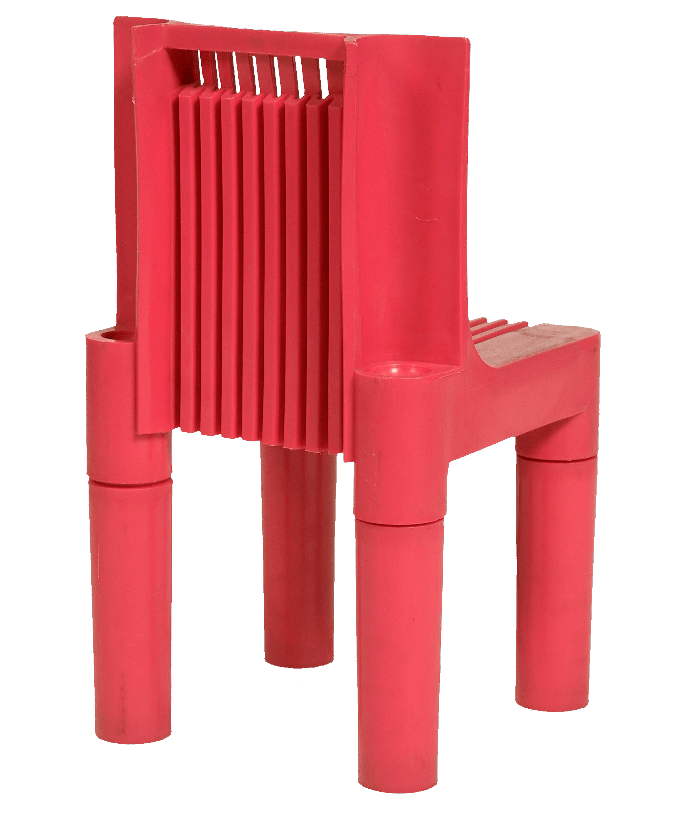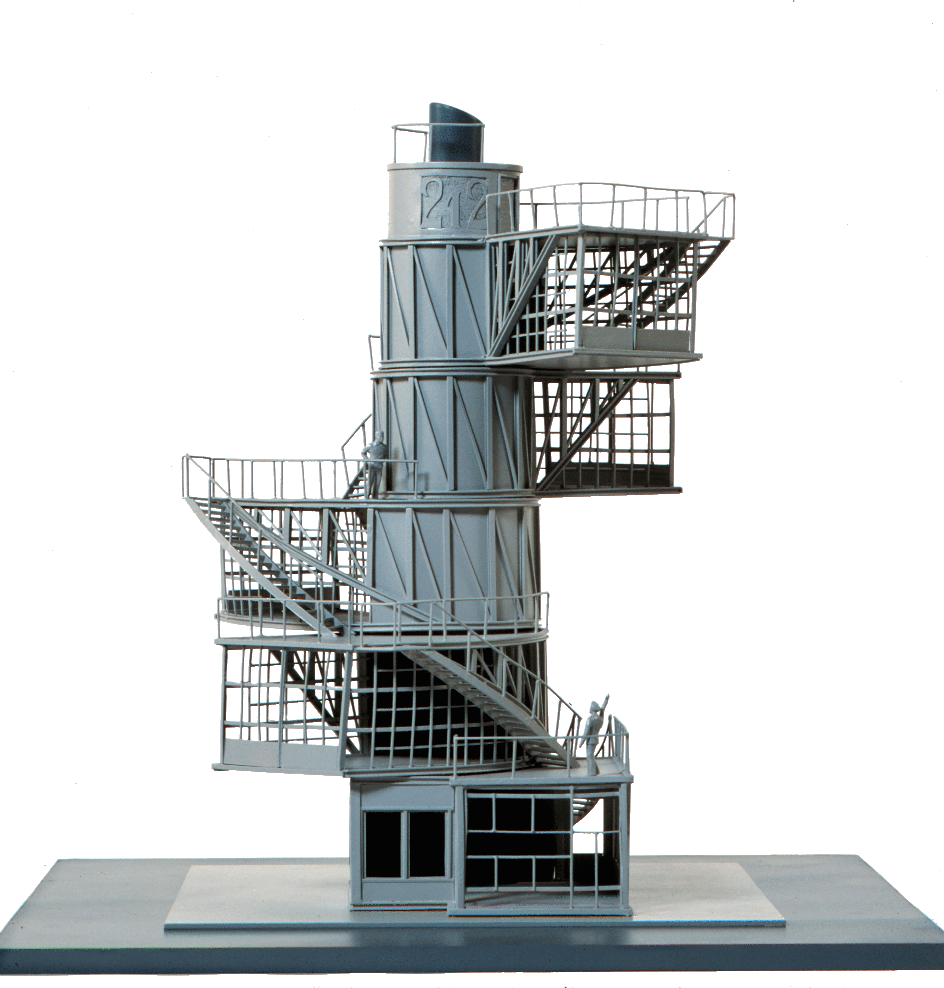Collections
Over the previous decades, the faculty has gathered a large number of chairs and models. These growing collections not only inspire our students but also serves as important resources for education and research.
A large fraction of the items are the result of students’ efforts, working towards a common goal during a research or design project. However, the collections also contain other items deemed vital for our architectural and design heritage. You can see and read about most items on this website.
Items are periodically retrieved from storage for a variety of purposes: to contribute to exhibitions, to serve as an educational resource, or to provide data for research projects. Students, researchers, or external organisations can get in touch to discuss requests.
General information
Chair collection
The chair collection was originally established to support design education at our faculty. It occupies a unique position in the Netherlands because it is the only educational collection of chairs. The range of objects is wider than in many museums because a number of anonymous chairs with interesting constructions are included. This broad range determines the collection’s cultural value.
Objects are mostly chairs of Dutch design or production, supplemented with designs from abroad which were influential in the Netherlands. Technological innovation is a central theme of the collection. In addition, certain types of use are also represented, such as folding chairs, work chairs and children's chairs. These objects require their own development process due to the specific functional requirements that are set for them.
The chair collection is located in the same hallway as the faculty’s library, room 01.Mid.100. It is freely accessible. For more information, visit the collection’s website.
Model collection
Within the education of our faculty, the physical model is often used as a design and research tool. For some research groups it is even an essential part of their philosophy. Therefore the faculty harbours a model collection.
Most models in the collection were originally produced by students within the framework of large-scale study projects. However, some were made at the faculty as part of exhibitions, or to serve or conclude research projects. The model collection currently consists of 200 models, 120 of which can be found on its website.
The model collection is located in the basement of the faculty. Visiting the collection is only possible for individuals or small groups, and only on request.


